Dehydrating Onions For Long-Term Storage
This post may contain affiliate links, view our disclosure policy for details.
Dehydrating onions is a great way to preserve them for long-term storage at room temperature. Dehydrated onions are a great ingredient to have on the shelf and are very easy to add to many different dishes.
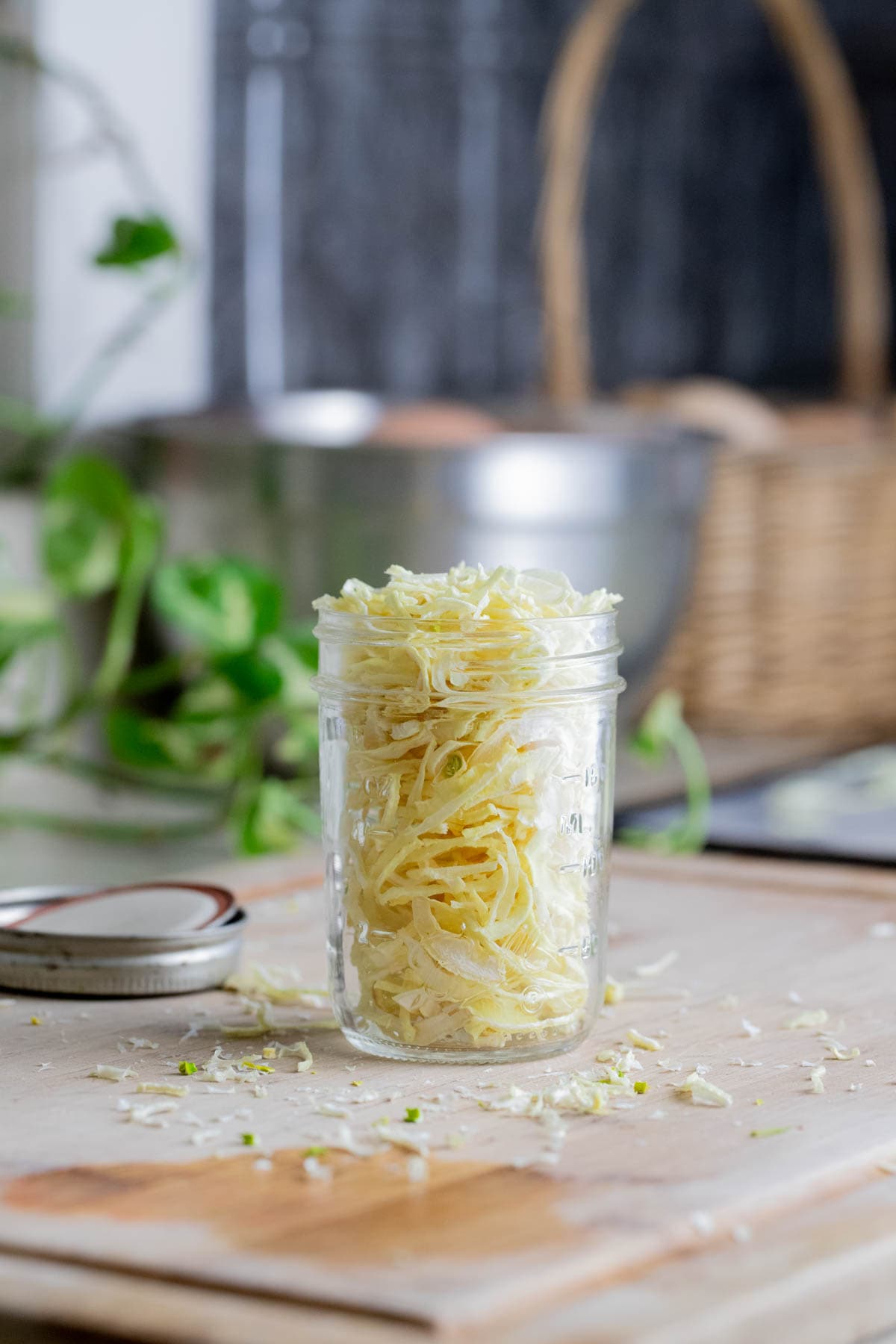
Lady Lee’s Note…
I love growing onions in my garden! I garden in zone 7B, and here in the South, we can plant onions in the Fall. They stay in the ground the whole winter, developing a strong root system, and start growing their tops in early spring. There is a lot more information about growing onions on the blog. Make sure to check it out.
Since I can plant onions in the fall, they save me some work during the busy spring season. Onions are very easy to grow, and they are one of those crops that you can harvest, cure, and put away (in cold storage) for a long time.
Needless to say, onions might be the most useful vegetable in the kitchen! Being an Israeli and cooking mainly Mediterranean dishes, pretty much every dish starts with frying onions or garlic… From livers and onions to Middle Eastern chicken and rice, to stuffed peppers and anything in between… And let’s not forget this delicious balsamic onion jam! There is always an onion around!
Why Should You Dry Onions…
Even though onions can keep for the long term in cold storage (especially if you grow a storage variety), some of us might not have a way to keep them in cold (not freezing) temperatures. You can definitely freeze onions, however, if you are a homesteader you know how important freezer space is. I’ve never canned onions but drying them is simple and a great way to keep them at room temperature. Here are a few other reasons to dry onions…
- They keep their taste
- They keep their beautiful color
- They’ll last forever in an air-tight container
- You can turn them into flakes or powder
- And there are a million ways to use them (you’ll find some ideas at the end of this tutorial).
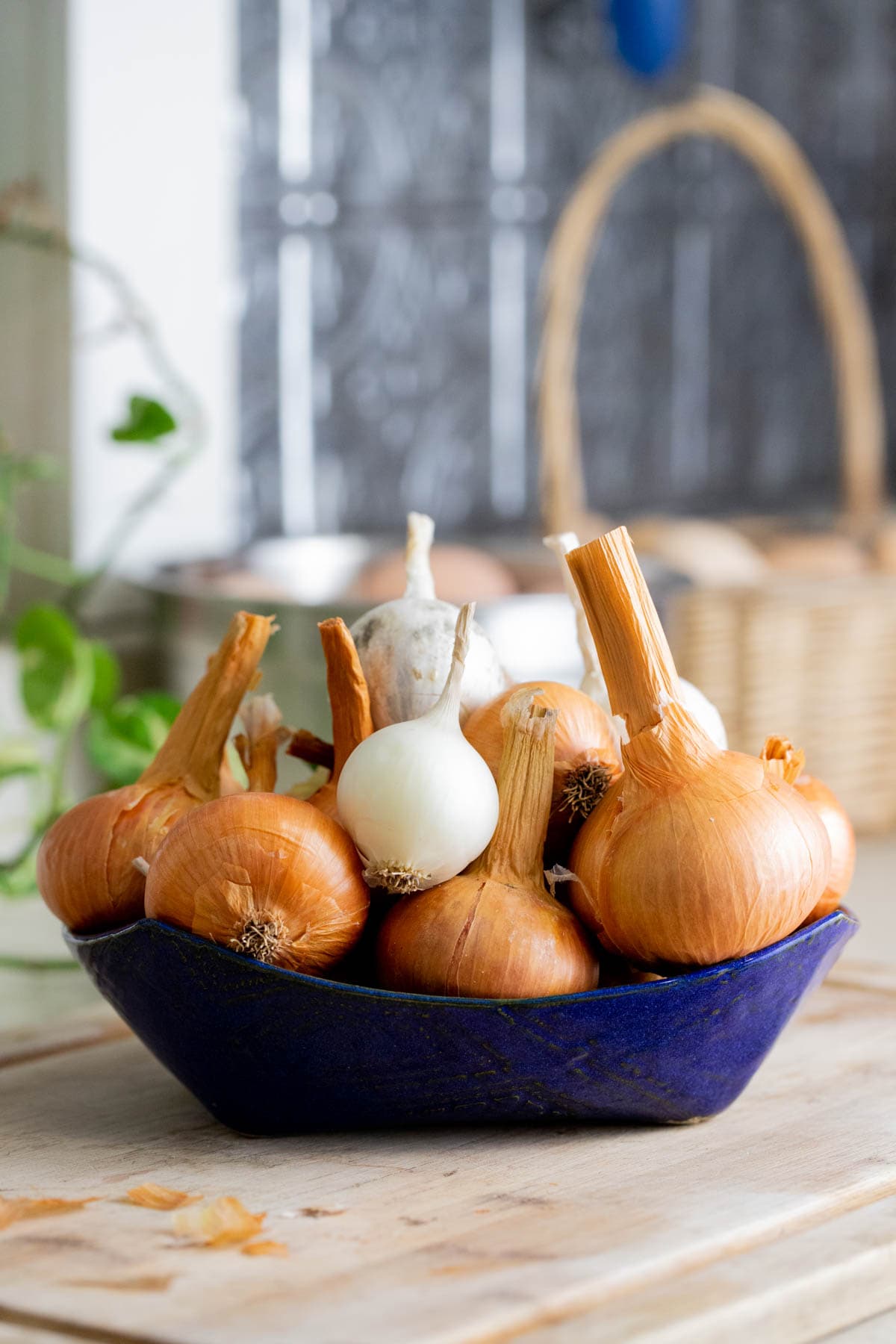
Ingredients…
- Onions – Make sure that your onions are fresh. Other than that, you can dehydrate any kind of onion including red onions and shallots.
Kitchen Tools…
- Knife or preferably a mandoline slicer (it’s much easier to slice the onions into uniform slices with a mandoline)
- Cutting board
- Dehydrator (you’ll also find oven drying instructions in the FAQ section below)
- Air tight storage container (I use jars)
Tips For Not Crying When Slicing Onions…
When you dehydrate onions you need to slice a whole lot of onions and slicing a whole lot of onions means that most likely, giant tears and burning eyes are in your near future. Here are a few tips on how to slice onions without crying (or hopefully crying less)…
- Cool your onions before slicing – stick them in the fridge for a few hours.
- Cut the roots last – this is where most of the enzymes that make you cry are located.
- Light a candle – it burnes the gas before it can get to your eyes.
- Use eye protection – go grab your swim goggles!
Step-by-Step Instructions…
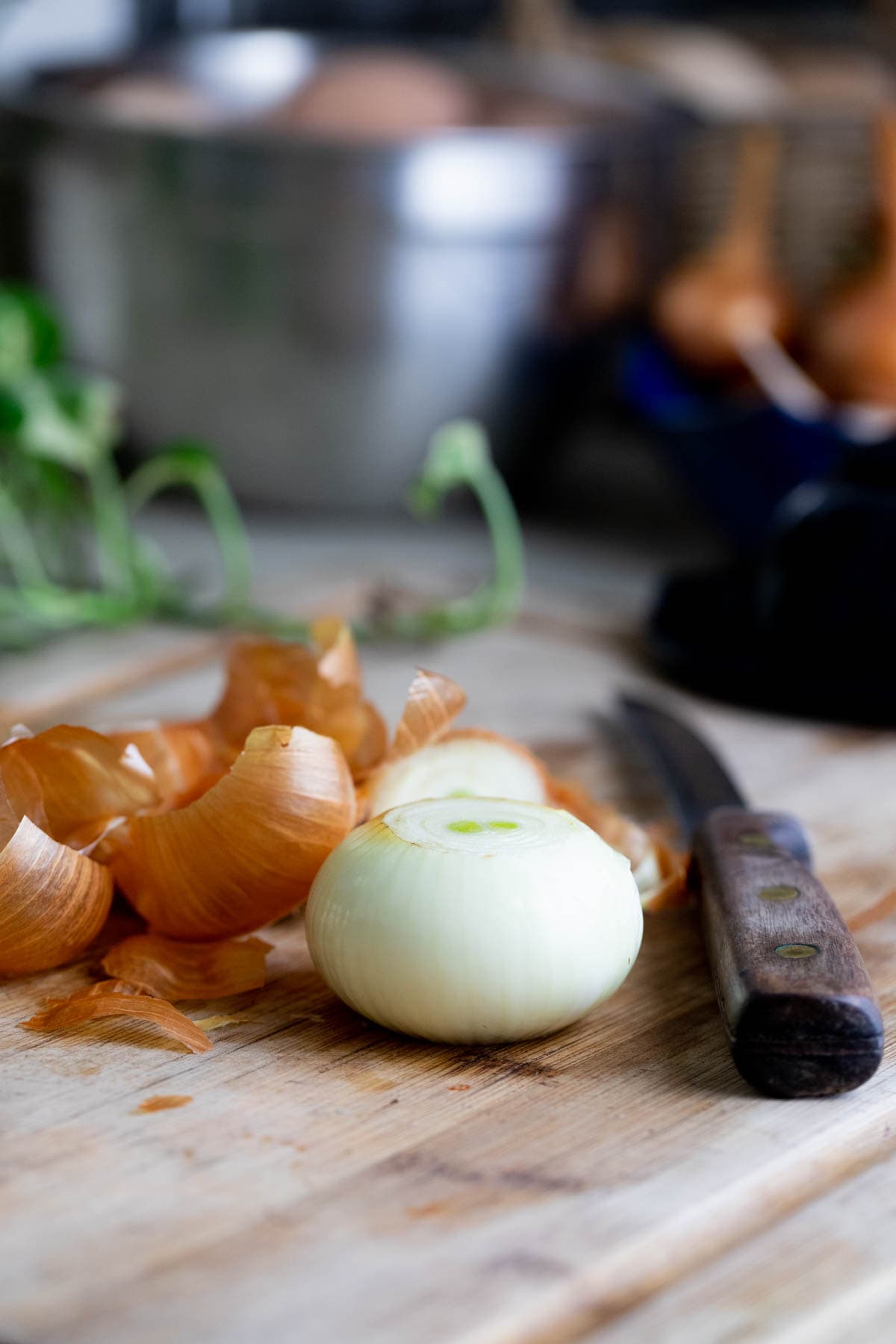
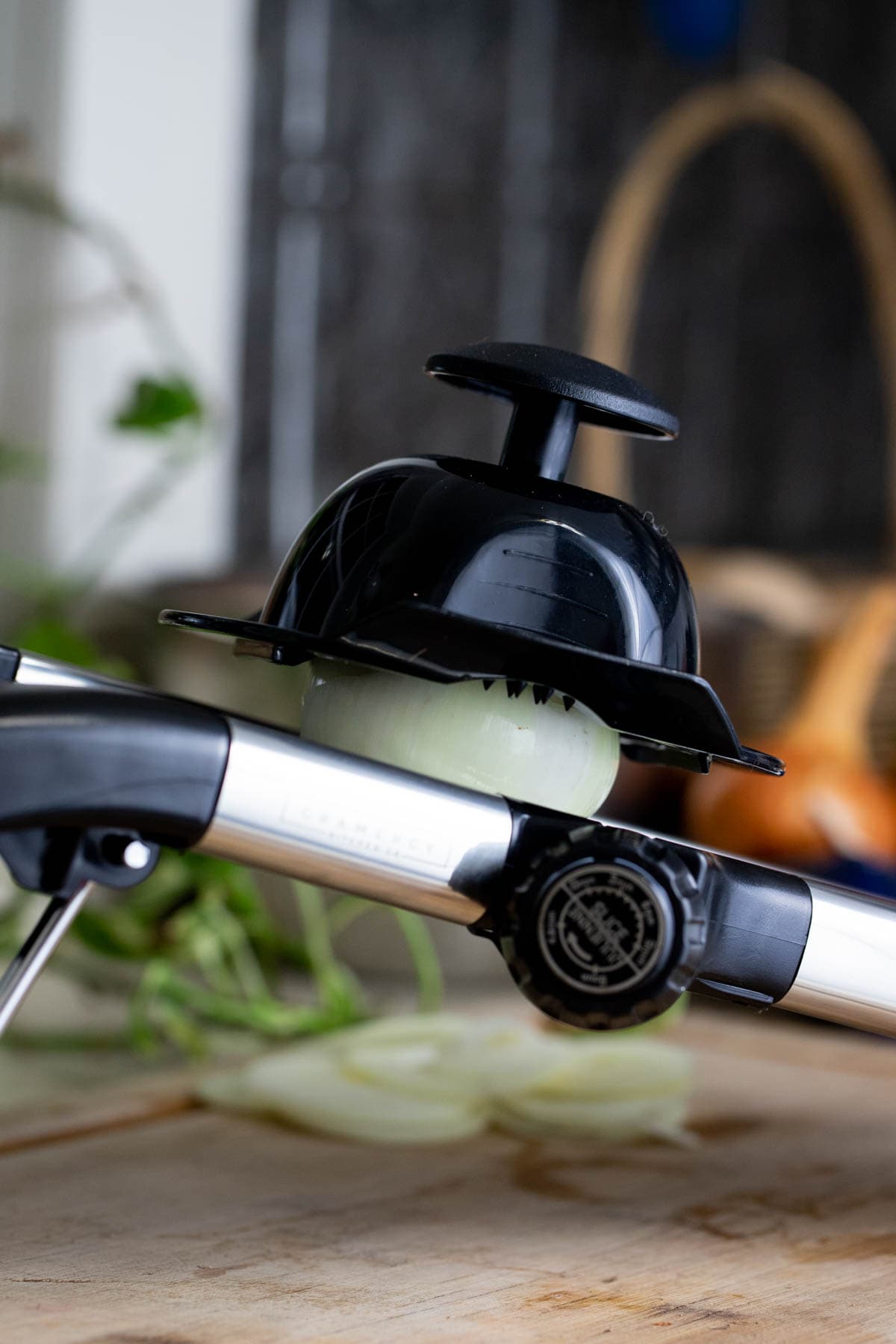
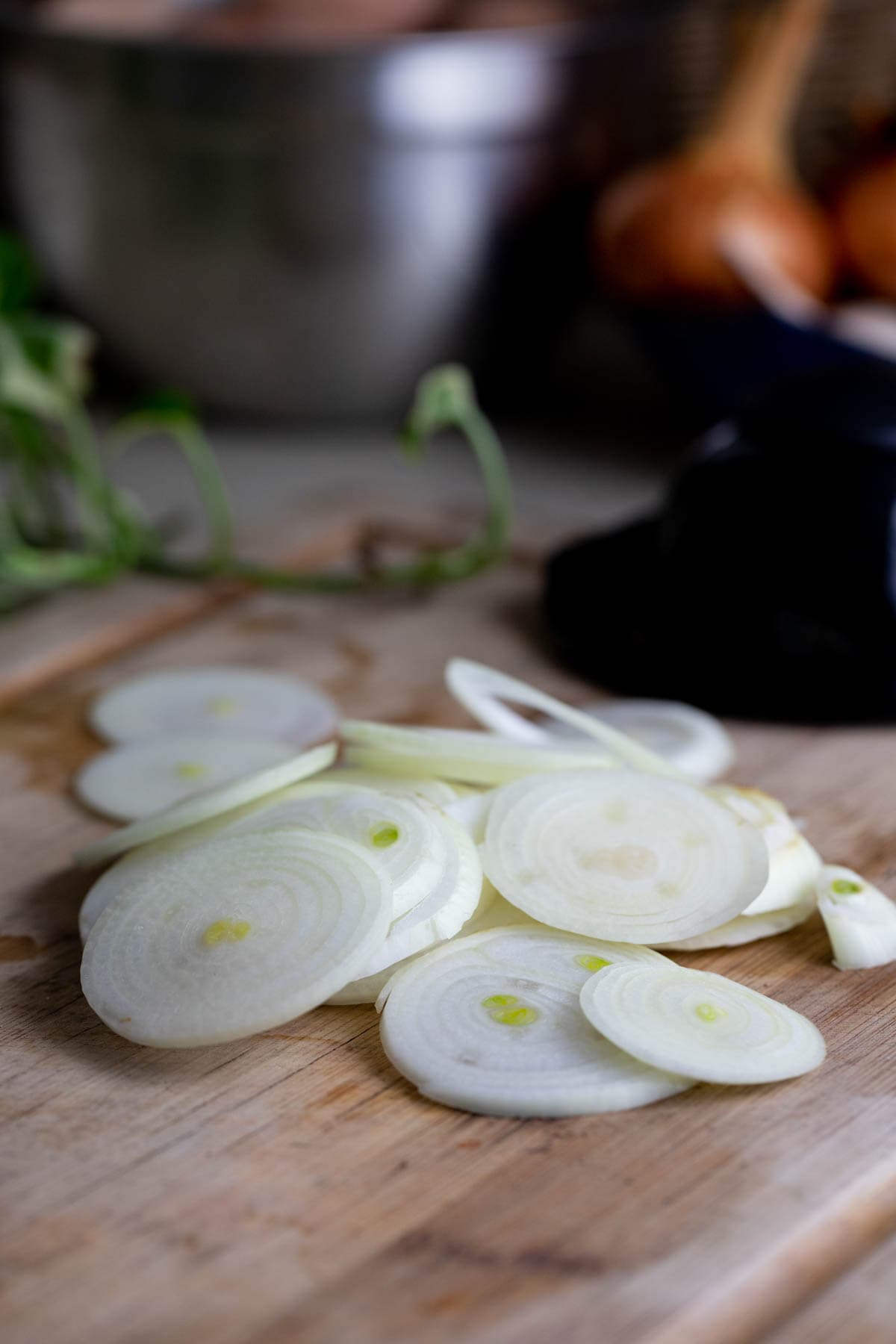
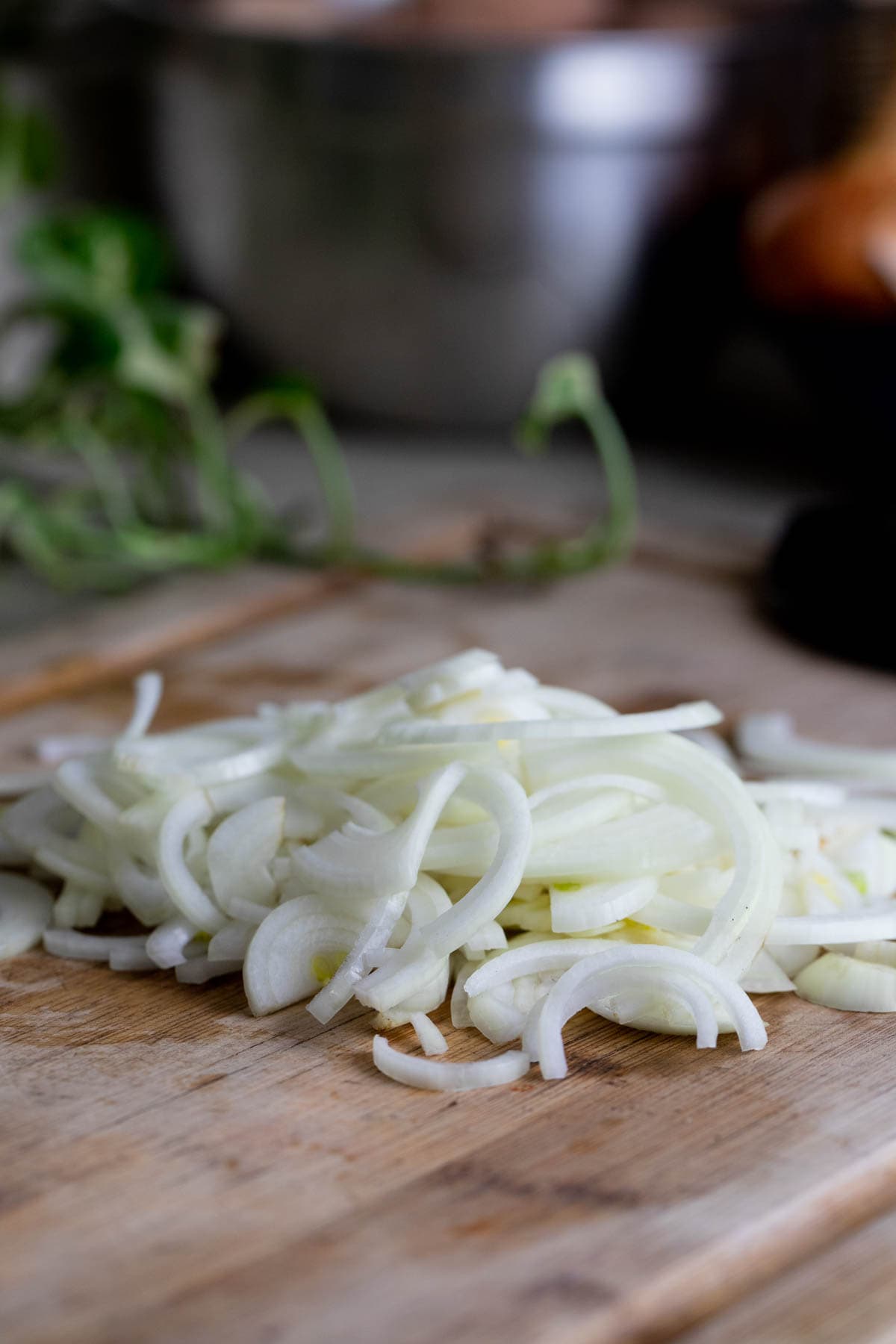
Step one – prep the onions. Peel and slice onions uniformly (3mm with mandoline or thin with a knife), cut rings in half, and separate.

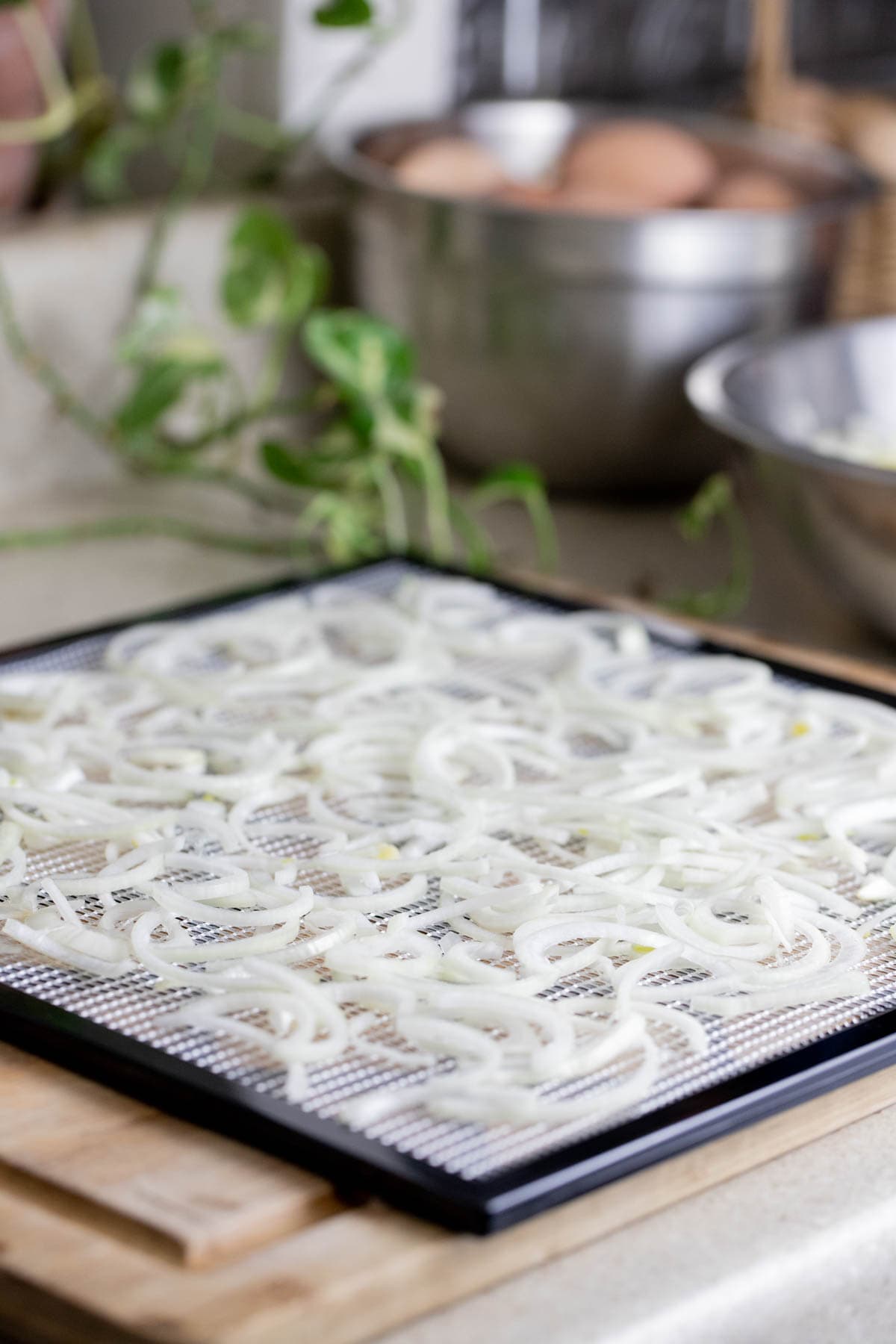
Step two – add to the dehydrator. Place the onion slices in one layer on the trays of the dehydrator. You can place them close to each other but make sure that there is plenty of room for airflow and proper drying.
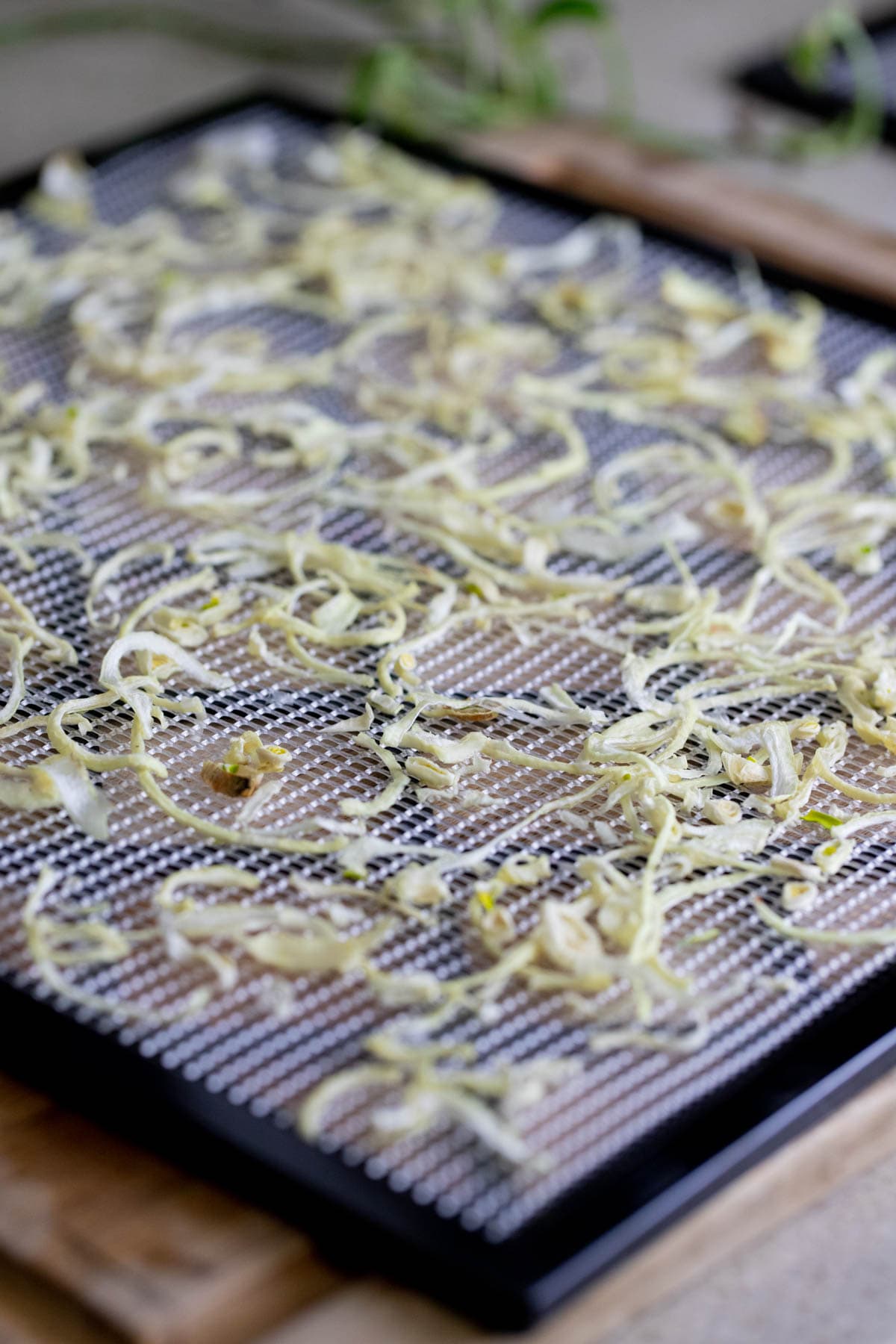
Step three – dehydrate. Place the trays in the dehydrator and dehydrate at 125 degrees F for about 12 hours. At about 8 hours you can start checking your onions. If they are completely dry and crispy (break easily) you can remove them from the dehydrator. If after 12 hours they aren’t yet completely dry, leave them for another hour or so.
How to Store Dehydrated Onions…
Always store dehydrated food in an air-tight container. I love to use canning jars to store dehydrated food. I have plenty of them since I can a lot and the lids have a seal that keeps air from entering the jar. Since the jars are clear, it’s easy to see what’s inside.
How to Condition Dry Onions…
If you are going to store your dehydrated onions for the long term, make sure to condition them. This means that after storage, every day for about a week, check to make sure that there is no moisture on the inside of your air-tight container. If you spot moisture, remove the onions and dehydrate them again for a few more hours, then transfer to an air-tight container and condition again. If after a week there is no moisture, your onions are ok to be stored for a long period of time at room temperature.
How to Use Dehydrated Onions…
- Add them to soups or stews for a little oniony taste (they work great in this Southwest Chicken Chili alongside dehydrated carrots).
- Add them to casseroles alongside dehydrated mushrooms and dry oregano or thyme.
- Rehydrate them (instructions below) and add them to salads (like this egg salad) or sandwiches.
- Process them into dried onion flakes (instruction below) and use them to season dishes or as garnish.
- Process them into a powder (instructions below) and use them as a replacement for onion powder or add them to a homemade vegetable powder.
How to Rehydrate Onions…
Usually, I don’t see the need to rehydrate onions since most of the dishes that I add onions to, have enough liquid in them and the onions rehydrate during cooking. However, if for some reason you want to rehydrate your onions, follow the process below…
- Boil water and add to a bowl.
- Add dehydrated onions to the boiled water.
- Wait about ten minutes.
- Scoop your onions out, dry them, and they are ready to use! Remember that you can use that water to cook with. It now has a hint of onion flavor and will add great taste to many dishes.
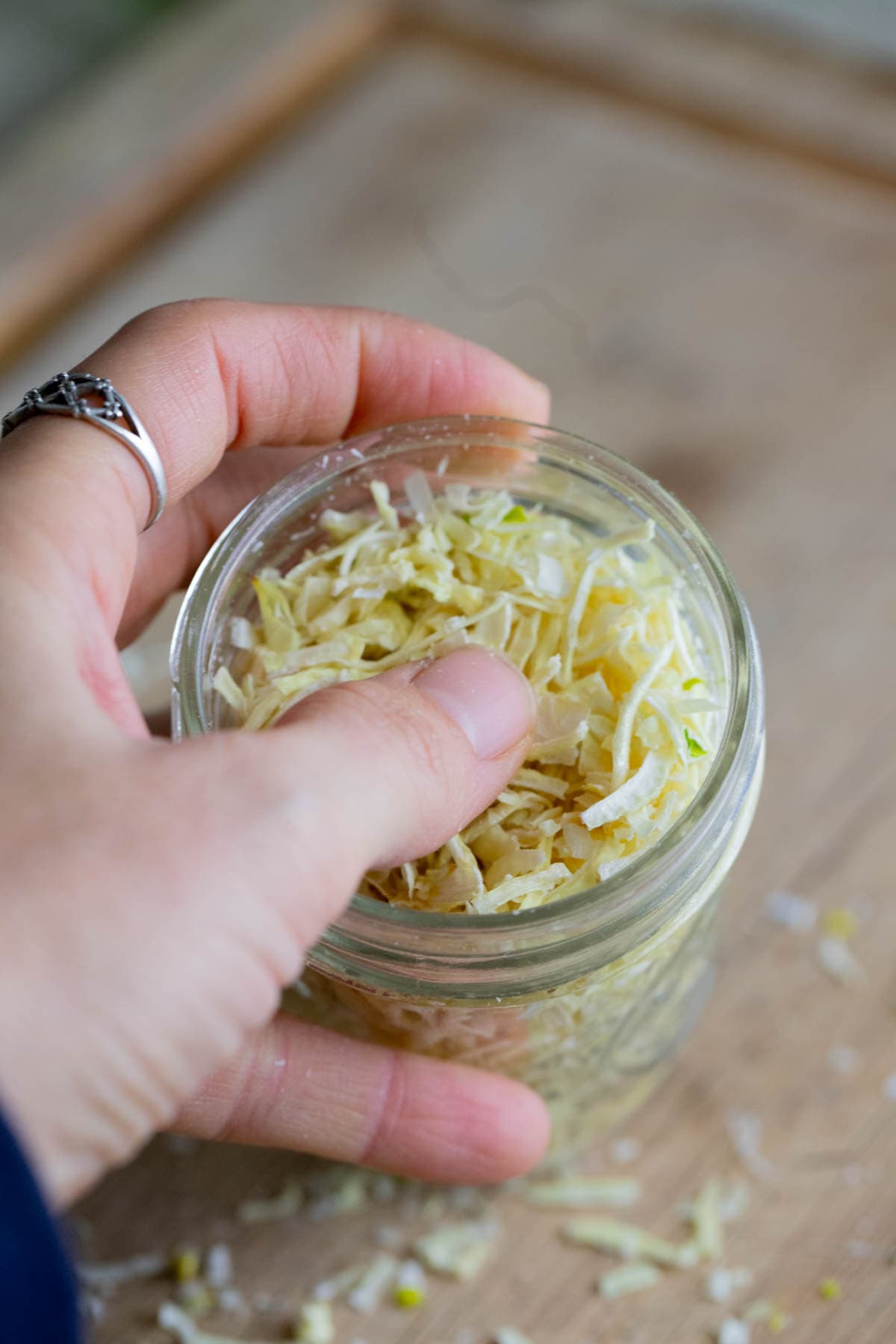
How to Make Dried Onion Flakes…
Dried onion flakes are actually the finished product for me (I do the same with dried green onions too). I process all of my dehydrated onions into flakes which I then keep with all of my seasonings and use to season food. This is really easy. Simply crush the onions with your finger as you add them into the jar. You can also place them into a ziplock bag, close the bag, and crush them with your hands. You can leave them in the bag or transfer them into a jar for storage.
How to Make and Use Onion Powder…
Making onion powder is basically taking dried onion flakes to the next level. To do this, you might need a coffee grinder. I find that the blender or the food processor can’t really handle this task as well as a coffee grinder. Simply add the dried onions to the coffee grinder and process until it becomes a powder. You can then add your powder to a vegetable powder or you can store it with the rest of your seasonings and use it in place of store-bought onion powder.
Frequently Asked Questions…
Do you know what temperature your dehydrator uses? For example, the cheap Presto dehydrator that you can often find at Walmart uses a temperature of 165 degrees F. There is no way to control the temperature. 165 degrees F is the temperature that we use to dry meat and fish, it’s a bit high for vegetables and herbs. Will it work? It probably will, however, you’ll have to adjust the processing time and you might not get the best results, but it will probably work.
1/4 cup of raw onions will become about a tablespoon of dried onions and about 1.5-2 teaspoons of dried onion flakes or powder. I processed 5 medium onions and got a little less than 1 pint of crushed onions flakes. I hope this gives you an idea for determining how much you need to process based on your needs.
Dried onions will brown and burn very quickly. You can heat oil and add dried onion to it to fry prior to adding other ingredients to your dish. Be careful though, as the onions will fry quickly!
Yes, as long as your oven can maintain a low temperature, preferably lower than 170 degrees F. Follow the same preparation instructions, but make sure to check your onions often, once you place them in the oven. You might need to flip them, rotate the baking sheet, and adjust drying time.
Drying onions is a great beginner dehydrating project! They are very simple to prepare, you don’t have to blanch them or soak them in anything… Just cut and dehydrate. In my opinion, this is really the best way to preserve onions and it’s a useful ingredient to have on the spice shelf!
More Preserving Tutorials…
- Purple Sweet Potato Chips
- How to Dry Apples in the Oven
- Dehydrated kale Chips
- How to Dehydrate Strawberries
- How to Dehydrate Jalapenos
- Dehydrating Orange Slices
- Drying Radishes
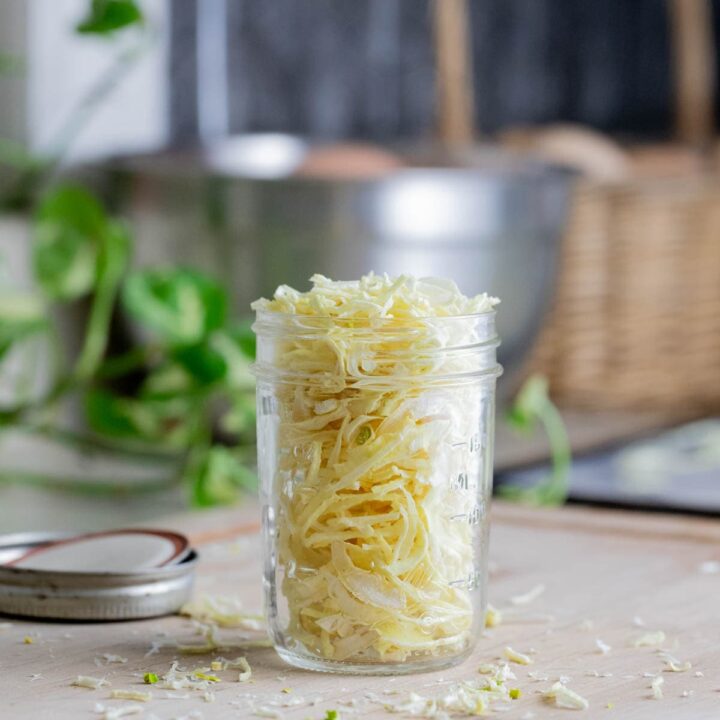
Dehydrating Onions
Dehydrating onions is a great way to preserve them. Dried onions are a great ingredient to have on the shelf!
Ingredients
- 5 Onions – any kind of fresh onion, including red onions and shallots
Instructions
- Step one- Peel and slice onions uniformly (3mm with mandoline or thin with a knife), cut rings in half, and separate.
- Step two- Place the onion slices in one layer on the trays of the dehydrator. Place them close to each other but make sure that they aren’t touching to allow good airflow and proper drying.
- Step three- Place the trays in the dehydrator and dehydrate at 125 degrees F for about 12 hours. At about 8 hours you can start checking your onions. If they are completely dry and crispy (break easily) you can remove them from the dehydrator. If after 12 hours they aren’t yet completely dry, leave them for another hour or so.
- Step 4- Once the onions are dry, let them cool for a few minutes and then transfer them to an air-tight container. You can also vacuum seal them or use zip-lock bags.
Notes
Frequently Asked Questions...
- I have a cheap dehydrator (I can’t control the temperature), can I use that to dry onions?
Do you know what temperature your dehydrator uses? For example, the cheap Presto dehydrator that you can often find at Walmart uses a temperature of 165 degrees F. There is no way to control the temperature. 165 degrees F is the temperature that we use to dry meat and fish, it’s a bit high for vegetables and herbs. Will it work? You’ll have to adjust the processing time and you might not get the best results, but yes, it will probably work. - What’s the conversion between raw and dried onions?
1/4 cup of raw onions will become about a tablespoon of dried onions and about 1.5-2 teaspoons of dried green onion flakes or powder. I processed 5 medium onions and got 1 pint of crushed onions flakes. - Can I dehydrate onions in the oven?
Yes, as long as your oven can maintain a low temperature, preferably lower than 170 degrees F. Follow the same preparation instructions, but make sure to check your onions often, once you place them in the oven. You might need to flip them, rotate the baking sheet, and adjust drying time. - Can I fry dried onions?
Dried onions will brown and burn very quickly. You can heat oil and add dried onion to it to fry prior to adding other ingredients to your dish. Be careful though, as the onions will fry quickly!
Nutrition Information:
Yield: 1 Serving Size: 1 pintAmount Per Serving: Calories: 320Total Fat: 1gSaturated Fat: 0gTrans Fat: 0gUnsaturated Fat: 1gCholesterol: 0mgSodium: 25mgCarbohydrates: 74gFiber: 11gSugar: 34gProtein: 10g


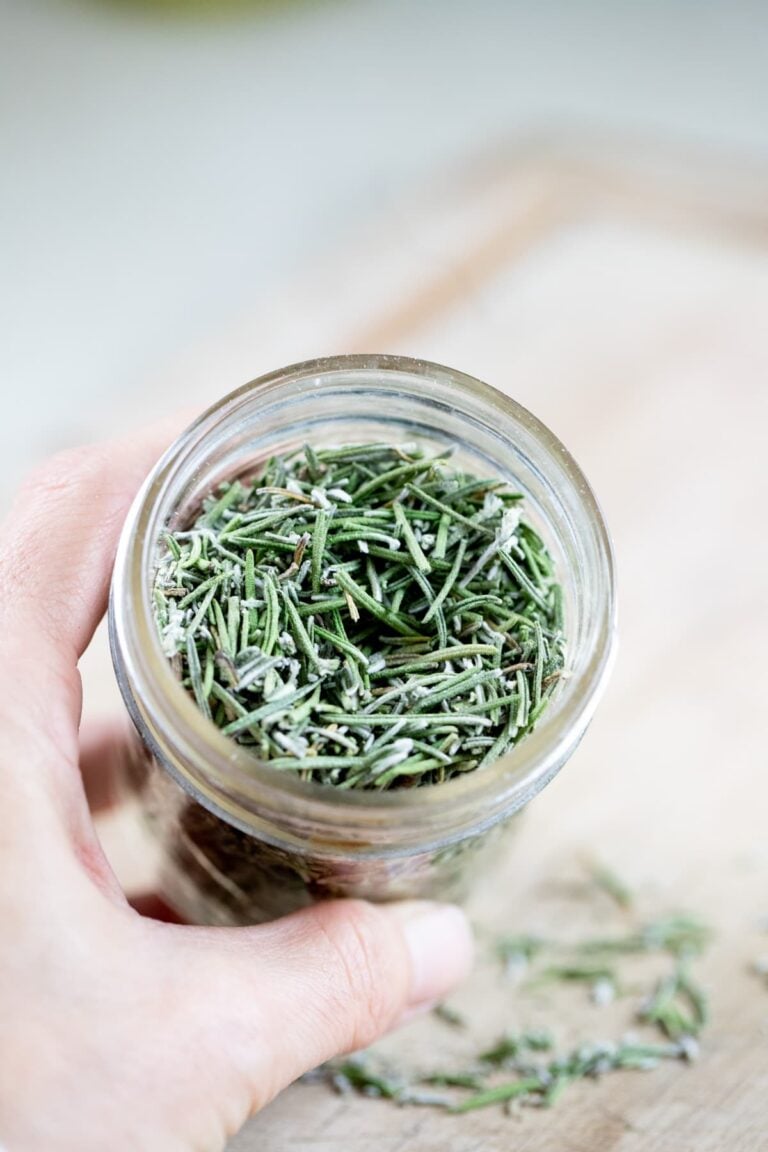
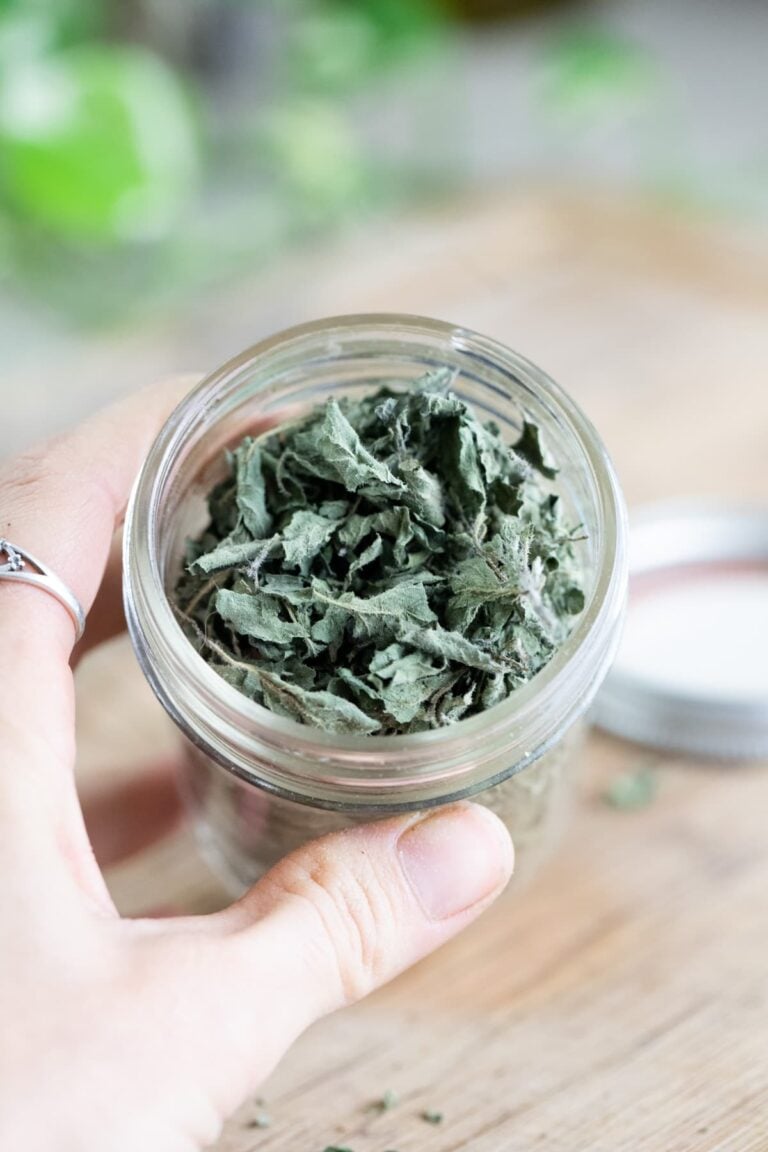

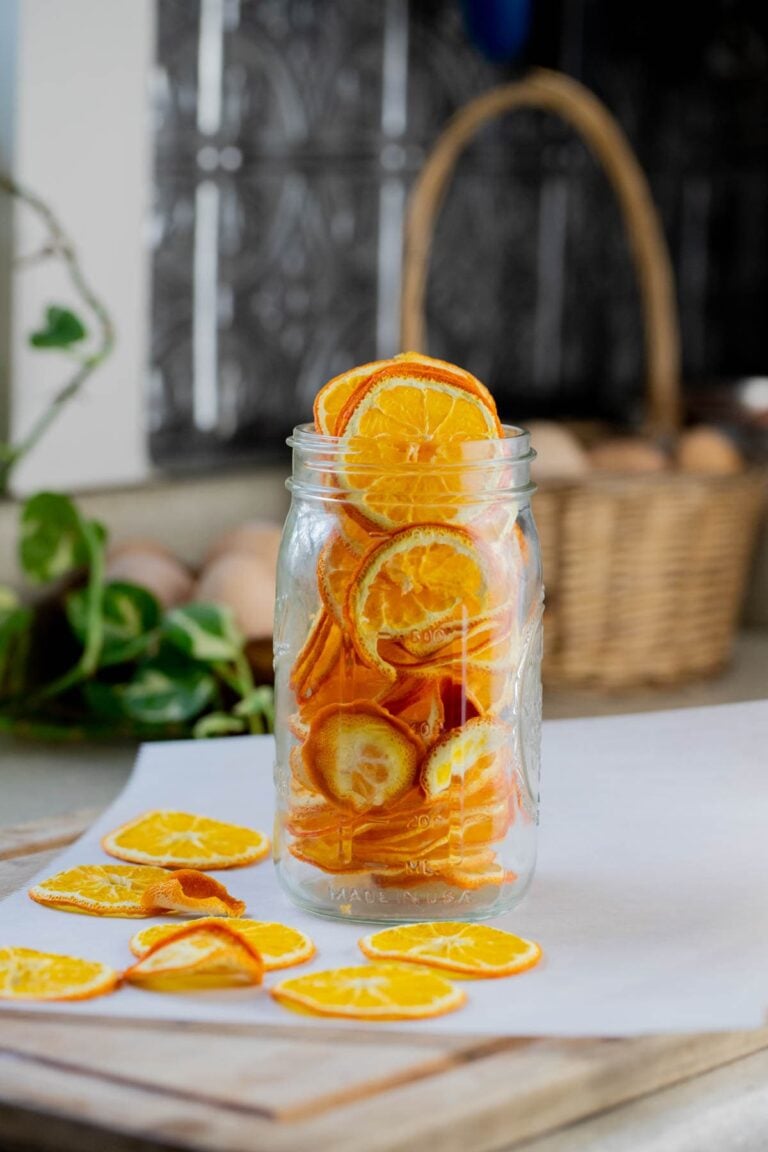
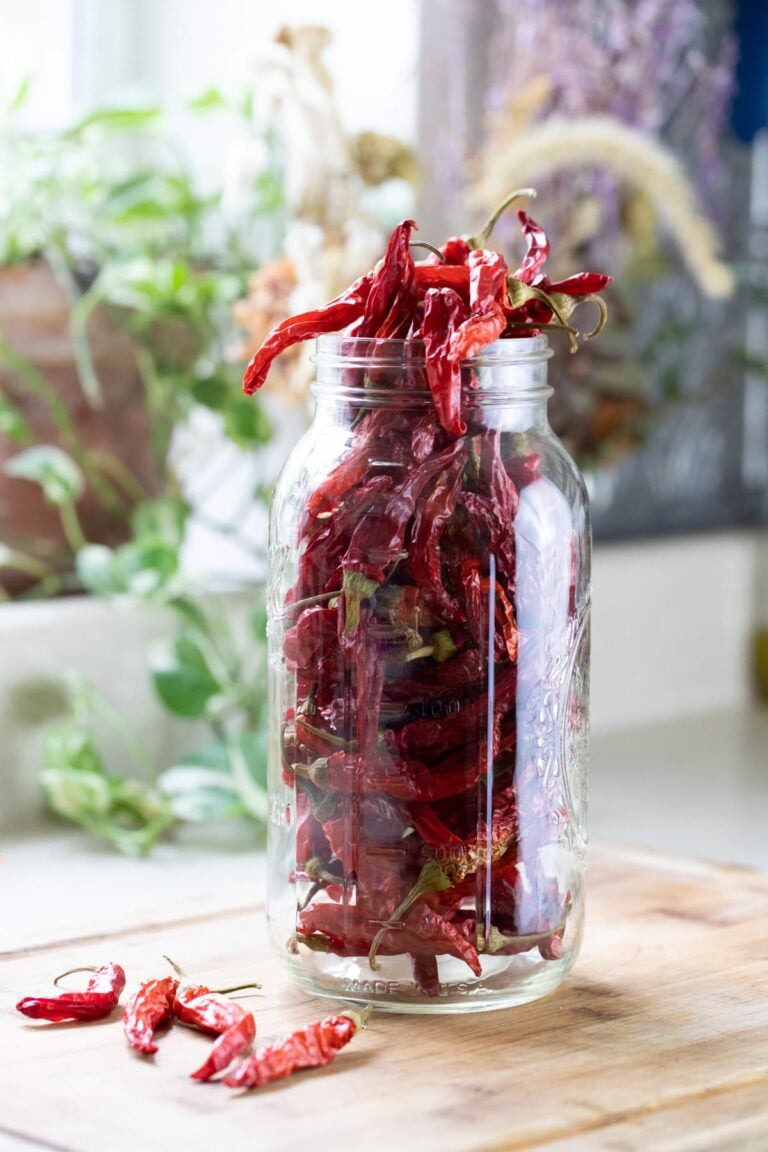
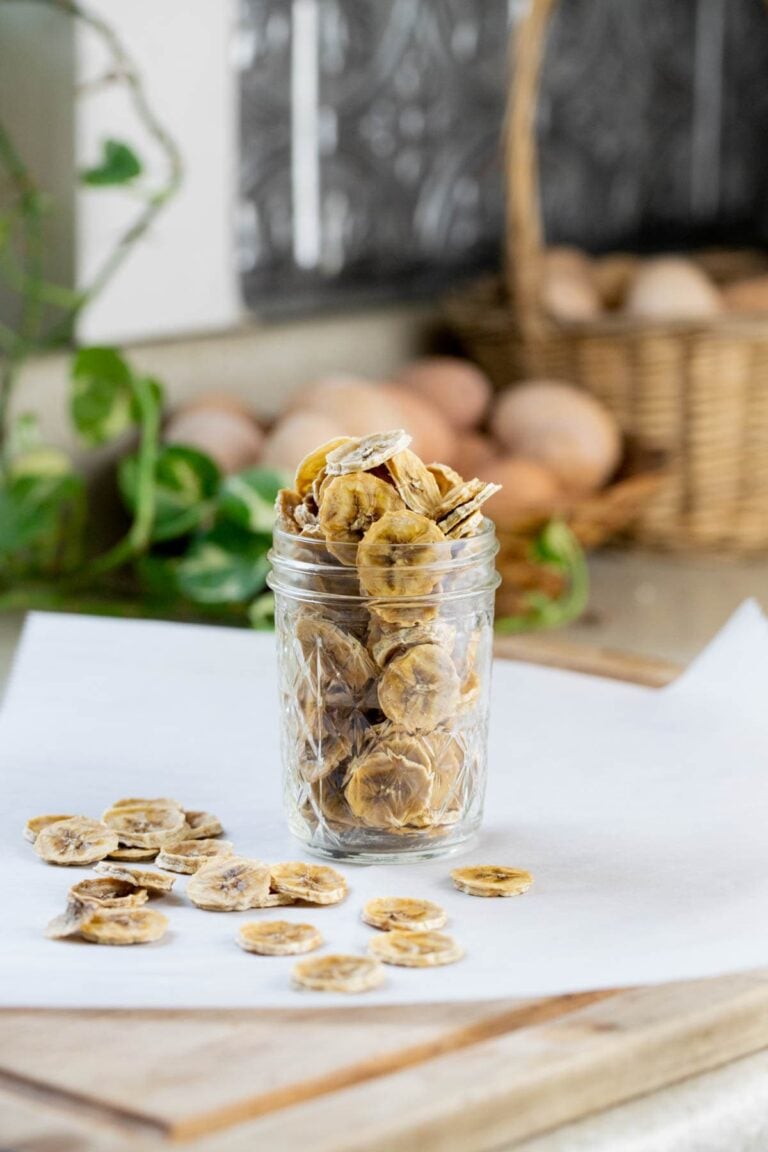
I found it interesting when you mentioned how dehydrated onions can last forever in air-tight containers while still keeping their taste. I love cooking, and I often add lots of onions to my dishes for that additional kick in the flavor. I might just try adding dehydrated onions to my recipes once I find out where I can buy them in bulk.
They are a really great ingredient to have on hand!